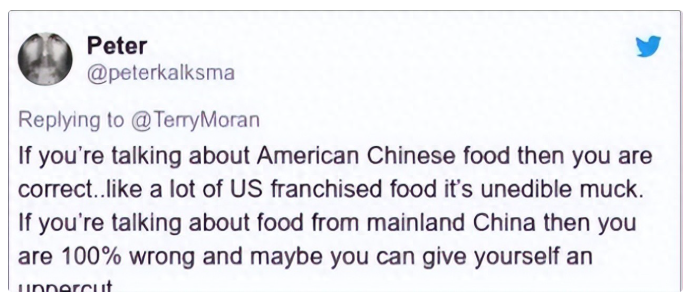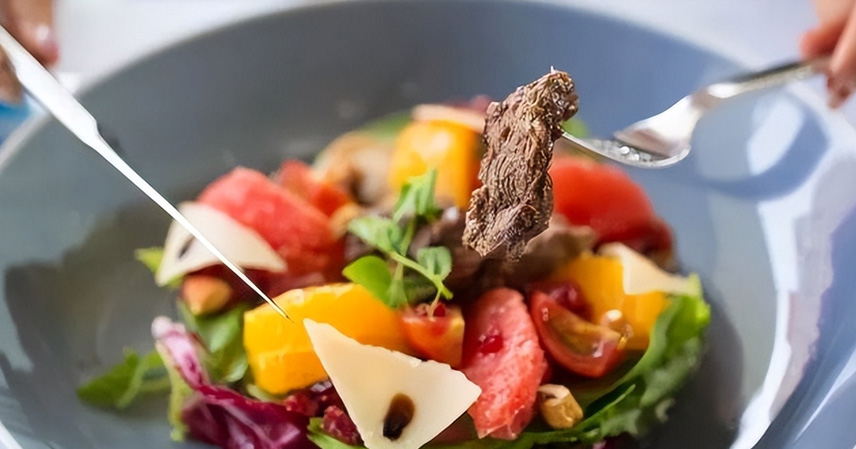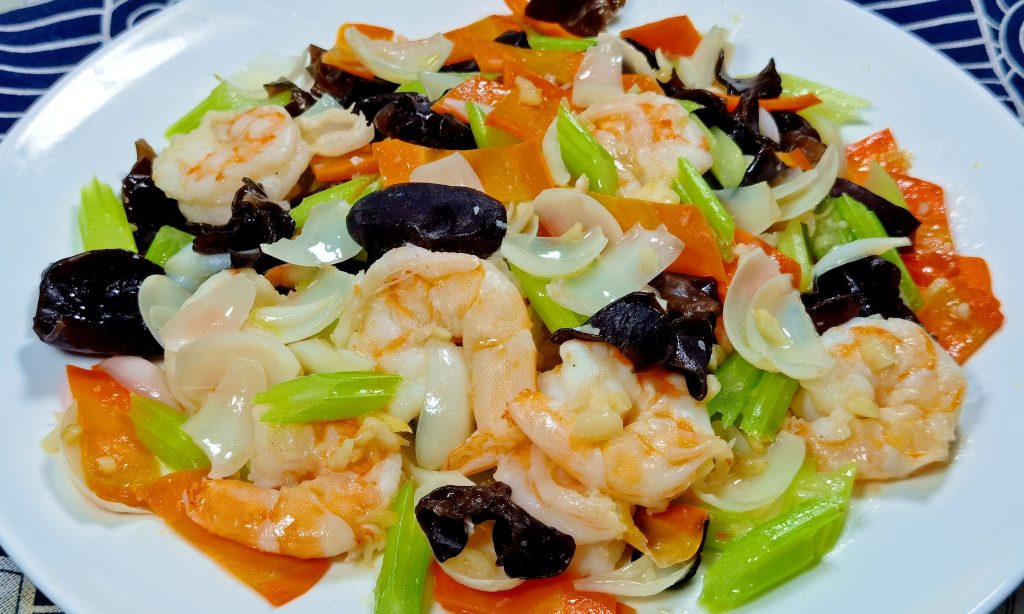When it comes to mealtime rituals, Chinese cooking often evokes the sizzle of a wok and rapid flips of ingredients, while Western cuisine leans toward steady boils or oven roasts. This isn’t about effort levels but deep-rooted contrasts in geography, history, and habits that shape how food hits the table.
Roots in Landscape and Livelihoods
In Europe and North America, temperate grasslands and coastal climates favored pastoralism—cows, sheep, and dairy dominated diets, with veggies playing second fiddle. Medieval fuel came mostly from scarce wood, making fuel-efficient methods like stewing or roasting essential to stretch resources. Olive oil’s low smoke point and butter’s cost deterred high-heat tossing, while pre-industrial tools like flat pans and ovens suited even cooking of larger cuts.

Contrast this with China’s agrarian base: fertile soils yielded year-round produce, emphasizing plant-based meals where stir-frying preserved crunch and infused flavors swiftly. The technique’s earliest nod appears in the 6th-century Qimin Yaoshu, describing oil-fried eggs as a novel prep. By the Song Dynasty, coal’s steady burn paired with sturdy woks, enabling everyday high-heat mastery. Southern humidity called for quick, light sautés; northern dryness favored bolder seasonings for warmth.
Philosophies on the Plate: Simplicity or Symphony?
Western cooking prioritizes ingredient integrity—salads raw, steaks seared rare—to retain nutrients, relying on salt, pepper, and herbs to let natural tastes shine. It’s efficient for resource-scarce eras, though some find it understated.

Chinese stir-frying, meanwhile, layers soy, ginger, garlic, and peppers for multifaceted profiles—umami, spice, sweet in harmony—transforming basics into vibrant dishes. This reflects a holistic approach, balancing elements for sensory delight. Neither trumps the other; they’re adaptations to climates and crops—China’s diverse fields birthed nuance, the West’s herds simplicity.
Post-industrial shifts amplified divides: Western appliances streamlined baking and microwaving, while Chinese homes honed manual flair, turning stir-frying into a cultural rite.
Addressing the Professor’s Take: Bias or Blind Spot?
A U.S. academic’s recent quip—that Chinese stir-frying‘s spice medley evokes “primitive” excess—stirred debate, rooted in a nutritionist’s lens favoring minimalism as “advanced.” Yet it overlooks context: high-heat methods suit China’s humid zones for quick preservation and pathogen control, with rapeseed oil’s heat tolerance enabling it—unlike olive oil’s limits. Coal’s Song-era rise fueled this evolution, far from rudimentary.

Culturally, the West’s rational calorie-counting contrasts China’s yin-yang fusion, where flavors evoke life’s rhythms. The critique, while pointed, sparks dialogue on merits: stir-frying minimizes nutrient loss via speed; Western simmers ease busy lives. Early Western medieval fare—roasts and broths—was equally basic, predating refinements.
Such clashes highlight cross-cultural pitfalls, urging appreciation over judgment.
Blending Borders: Fusion in a Global Kitchen
Today, globalization blurs lines—Chinese takeout thrives in the West, with fried rice and kung pao drawing crowds who experiment at home, embracing the heat. Reciprocally, salads and pizzas dot Chinese tables, inspiring hybrids like cheesy stir-fries.

This exchange traces to 19th-century migrants adapting chop suey for American palates, evolving into fusion staples. Molecular gastronomy now refines wok techniques, while apps share cross-recipes, dissolving barriers.
Perks abound: diverse palates boost health via varied nutrients; economically, exports flourish. Challenges linger—preserving authenticity amid trends—but overall, it enriches tables. That professor’s spark? It now fuels bridges, turning tastes into shared stories.
References
- Scholars Stage: Chinese Cookery: Notes on the History of Chinese Stir Fry (Jun 13, 2014)
- Wikipedia: Stir Frying
- Chukana Be: The Complete History of Stir Fry (Aug 2025)
- Serious Eats: Wok Skills 101: Stir-Frying Basics
- Wikipedia: Medieval Cuisine
- EBSCO: History of Energy in Medieval Times



